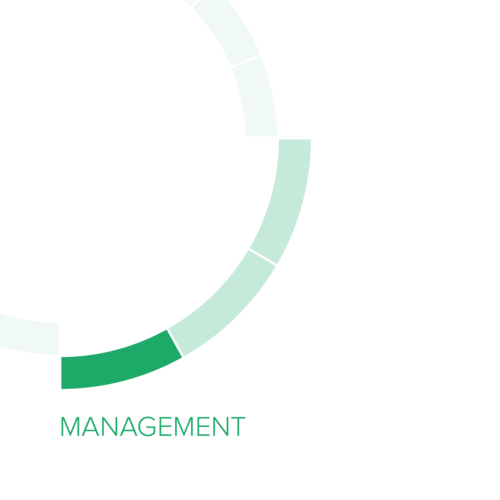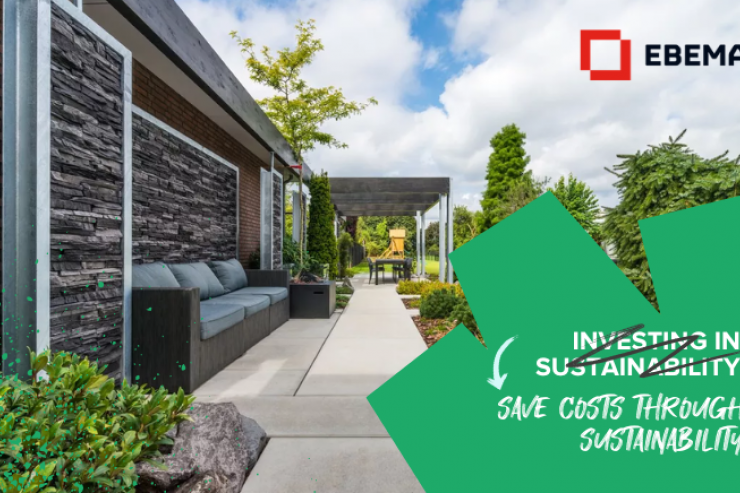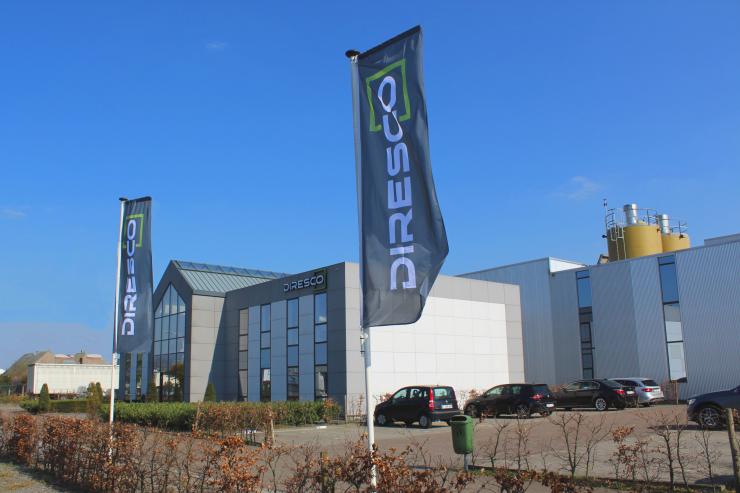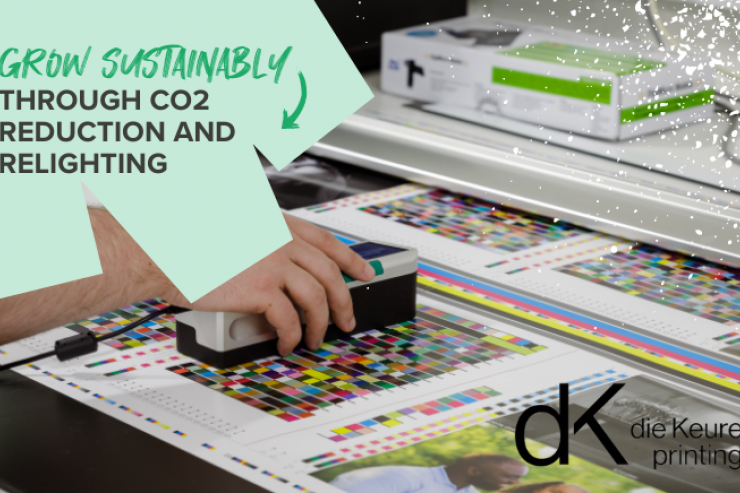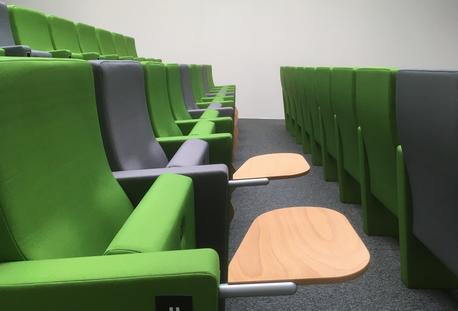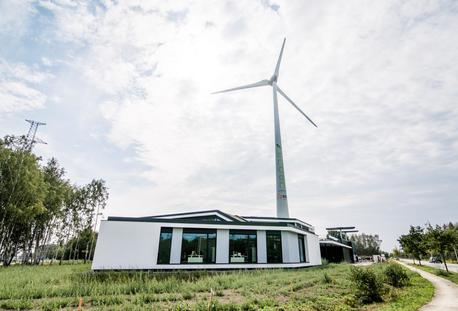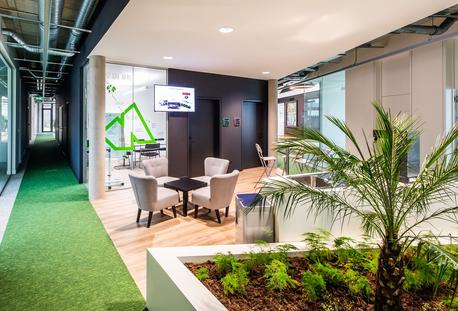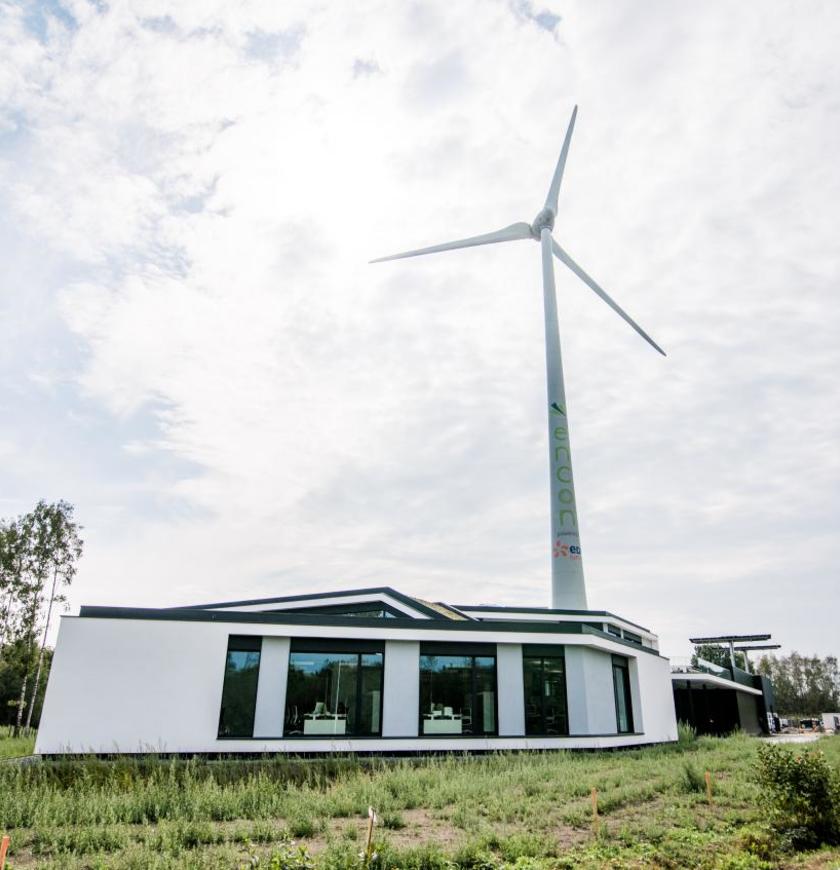
Sustainable building
A new building is not built overnight. Building is a long-term endeavour, with preferably a long-term vision. That is why it is important to make the right choices at the start of the construction work so that your building will continue to meet the increasingly stringent climate objectives. BREEAM, LEED, HQE, DGNB, WELL or Green Building sustainability certifications help in this respect. By following these standard procedures, you can rest assured that your building is sustainable and future proof.
Our approach
The benefits of collaboration
Buildings have an important footprint on our planet. So, it is not surprising that Europe is making buildings an important part in its Green Deal to reduce the impact on our planet. Moreover, buildings are important for our well-being. Whether in offices or production halls: if the environment is tailored to the needs of the user, this will have a positive impact on the general well-being.
- Improved well-being
In 'the olden days', the workplace was a physical aspect and often seen as a cost item that needed to be reduced as much as possible. This attitude has already given way to a completely different vision in a number of organisations: the workplace as a means of improving performance. In other words, it is not a cost item but a means to increase productivity and profit.
- A stronger image
Consumers, clients and employees are becoming increasingly sensitive to the way companies and brands treat their assets. Investing in sustainable real estate will contribute to strengthening the image of a company, brand or product in the long term.

- Lower costs
A company's energy consumption is an important part of its cost structure—and buildings are a big culprit. Variable costs can be cut by building or renovating companies in a more sustainable way.
- Long-term compliance
It has become a given that governments will adopt increasingly stringent measures with regard to the footprint of companies. However, clients and consumers will also impose ever-higher demands. Sustainable asset management, which already generates interesting benefits, will ensure that your company remains relevant in the long term.



